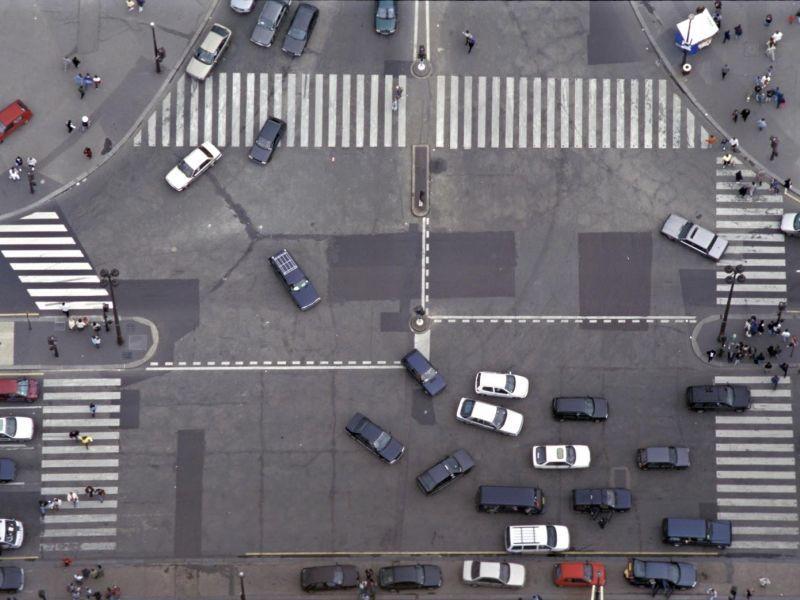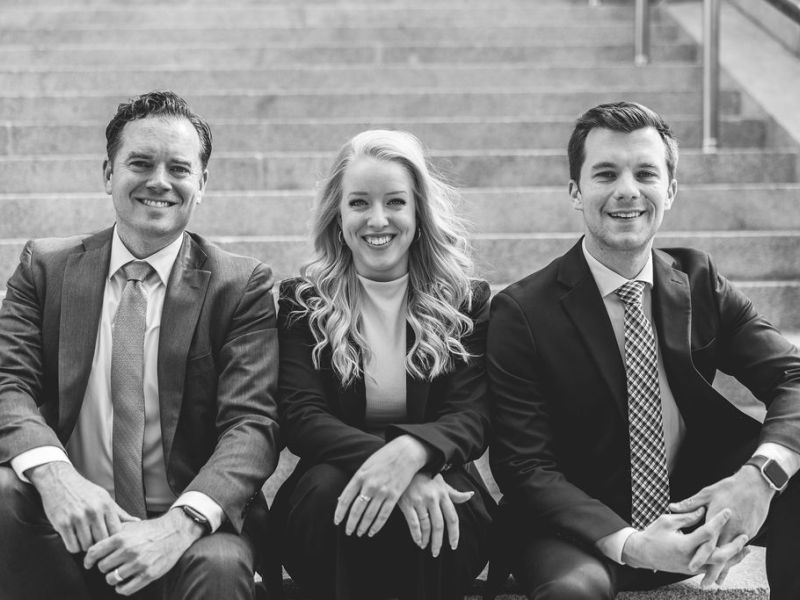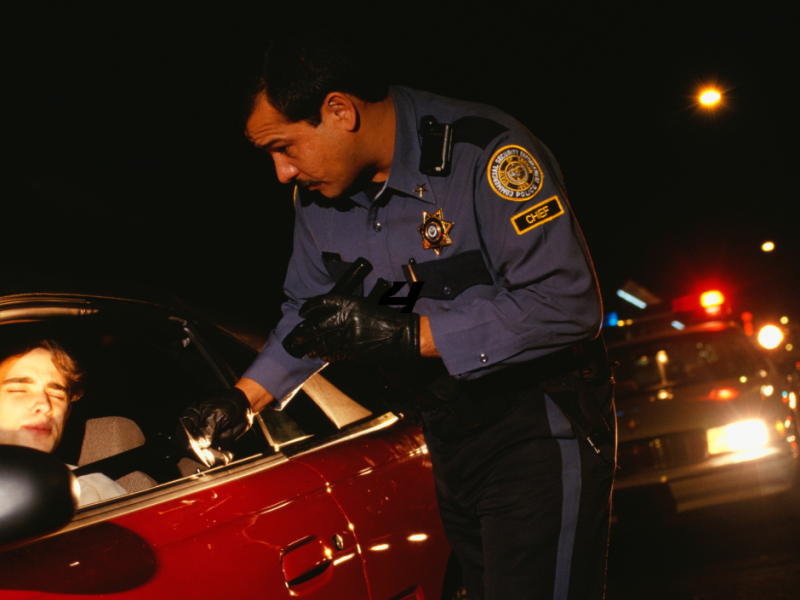
— Speeding, Traffic Resources
Right-of-Way Laws In Virginia
In Virginia, as in most other states, when in reference to driving a motor vehicle, the right-of-way refers to a driver or pedestrian’s legal right to proceed on their way. When two vehicles, or a vehicle and a pedestrian or cyclist, approach an intersection, they may not both be able to proceed at the same time without causing an accident. Therefore, one vehicle has the right to proceed while the other must yield. Virginia law does not give the right-of-way to a specific driver. Instead, it states who must yield the right-of-way. Different intersections and other unique circumstances may change who has the right-of-way, which is why being ticketed for failure to yield the right-of-way is not uncommon. If you are not familiar with Virginia’s right-of-way laws and have received a ticket for failing to yield the right-of-way, Driving Defense Law may be able to assist you. Call (757) 929-0335 to speak with one of our experienced traffic attorneys about your legal options.
Stop Sign Right-of-Way
When approaching an intersection controlled by a stop sign, drivers must stop before the crosswalk if there is one or at the clearly marked stop line. Drivers must yield the right-of-way to any vehicles approaching from either direction if the driver has a stop sign and the other drivers do not.
If the intersection is a four-way stop, the driver who reached it first gets the right-of-way. When there are at least two vehicles who arrive at the same time, the drivers to the left must give right-of-way to the drivers on the right.
Yield Sign Right-of-Way
A yield sign does not necessarily mean that drivers must stop, but they must slow to a reasonable speed for the current conditions. They must look carefully and yield the right-of-way to any vehicles approaching or entering the intersection. If the driver must come to a complete stop in order to safely yield, they must stop at a clearly marked stop line or before any crosswalk that may be there.
Uncontrolled Intersection Right-of-Way
At an uncontrolled intersection with no stop sign, yield sign, traffic signal or law enforcement officer to direct drivers, drivers should slow down and be prepared to stop. The right-of-way is determined in these intersections by the order of arrival at the intersection.
The car that arrives first has the right of way, and all other drivers should yield to that first car. If more than one car arrives at the same time, drivers should yield to the vehicle on their right.
Other Right-of-Way Laws
While most people may be familiar with the right-of-way laws regarding stop and yield signs, there are some others they may not be as familiar with. Virginia drivers should keep the following in mind:
- Circular Intersections: Also known as roundabouts, those in the circle have right-of-way over those entering the circle.
- Uncontrolled “T” intersections: Sometimes called a three-way intersection, these “T” intersections are where one highway crosses another that terminates where the two highways meet. If two or more drivers arrive at the same time, the driver on the highway that terminates yields the right-of-way to any other vehicle on the other highway.
- Entering Public Highways From Private Spaces: When drivers enter a public highway or sidewalk from a private driveway, road, alley, or building, they must yield the right-of-way to drivers on the public highway. If the intersection is controlled by a traffic control device, such as a traffic light, they should follow the traffic control device’s guidance.
- Left Turns: Because left turns always cross the approaching traffic’s lane, drivers making a left turn must always yield the right-of-way to vehicles approaching from the opposite way.
- Right Turns: If individuals are turning right at an intersection, they should generally follow the same right-of-way laws as if they were going straight. Per Virginia Code § 46.2-835, at intersections that allow right turns while the traffic light is red, drivers should confirm traffic is clear from all directions before cautiously proceeding to make their turn.
Lesser Known Right-of-Way Situations
In addition to the typical everyday driving circumstances, there are additional, less common situations where drivers should be aware of the right-of-way laws. These situations occur infrequently for most people, but knowing what to do can make the difference between lawfully driving and being ticketed. If you have been ticketed for one of these situations, an experienced traffic attorney with Driving Defense Law may be able to assist you with your defense.
United States Armed Forces Vehicles
Per Virginia Code §46.2-827, if United States forces, troops, National Guard, or any civil defense personnel are parading or performing any lawful duty, they have the right-of-way. This right-of-way applies on any highway they pass through, including those with traffic signals.
Funeral Processions With Police Escort
According to Virginia Code §46.2-828, when funeral processions are traveling with a police or sheriff’s escort, the procession has the right-of-way in any highway they pass through. Other drivers are not to join, pass through, or otherwise interfere with the passage of the funeral procession under escort.
Funeral processions, both escorted and unescorted, are typically identified by the high-beam headlights and flashing all four turn signals or their hazard lights. Because a driver may not see the beginning of the funeral procession to know if they are escorted, drivers should err on the side of caution and assume any funeral procession they see is escorted and yield the right-of-way.
Right of Way and Emergency Vehicles
Virginia Code §46.2-829 states that when an emergency vehicle is proceeding to or from an emergency and is giving an audible signal by siren, exhaust whistle or air horn and is also displaying emergency lights, all other vehicles shall yield the right-of-way to them. Drivers should drive to the nearest edge of the roadway, clear of any intersections (including driveways or alleys), stop, and remain there until the emergency vehicle has passed, unless otherwise directed by law enforcement. If drivers are at a traffic light and have the green light, they should remain stopped until the emergency vehicle has passed. If the emergency vehicle is behind the driver, the driver should safely proceed through the intersection when it is clear to do so if needed for the emergency vehicle to pass, even if their light is red.
Violating this law can result in a ticket for failure to yield right-of-way. However, if this violation also includes overtaking or passing the emergency vehicle, the driver may be charged with reckless driving, which is a much more serious offense.
Right-of-Way When Pedestrians or Cyclists and Drivers Interact
Drivers do not just interact with other drivers on the road. Sometimes, they interact with pedestrians and cyclists as well. Knowing who has the right-of-way in these interactions is just as important as when interacting with other drivers.
Pedestrians
Virginia Code §46.2-924 states that pedestrians are not to enter or cross intersections without confirming there is no approaching traffic. However, drivers are required to yield to pedestrians when the pedestrian is within the driver’s lane or approaching the driver’s lane at any marked crosswalk, regular pedestrian crossings, and any intersections where the speed limit is less than 35 miles per hour. If the movement of traffic is being controlled by law enforcement officers or traffic control devices, such as a traffic light or pedestrian signal, drivers should yield to the directions of the officer or device.
Cyclists
Bicycles can be ridden on sidewalks, shared-use paths, and roadways. Like pedestrians, drivers should yield the right-of-way to cyclists who are in a crosswalk or otherwise crossing an intersection when the driver approaches. If cyclists are riding on a roadway, they are expected to ride with the flow of traffic. If traveling at less than the normal traffic speed for the time of day and conditions, cyclists are also expected to ride as close to the right curb or right edge of the roadway as possible to avoid impeding traffic. Drivers may pass cyclists on the left if they can pass with at least three feet between their vehicle and the bicycle. If they cannot safely do so, they must change lanes.
How Can a Virginia Traffic Attorney Assist With a Failure to Yield Right-of-Way Charge?
Understanding Virginia’s right-of-way laws can be confusing, especially if you find yourself in an unusual situation, and it is not difficult to end up with a ticket for failure to yield the right-of-way. If you have been ticketed for failing to yield the right-of-way, a skilled traffic attorney may be able to assist you with your defense by examining the circumstances surrounding the ticket, looking for extenuating circumstances, or seeking evidence to prove that you were not in the wrong, such as videos, photos, or eyewitnesses. If you have recently been charged with failing to yield the right-of-way, call one of our knowledgeable traffic attorneys with Driving Defense Law at (757) 929-0335 to schedule a consultation and learn more about your legal options.

